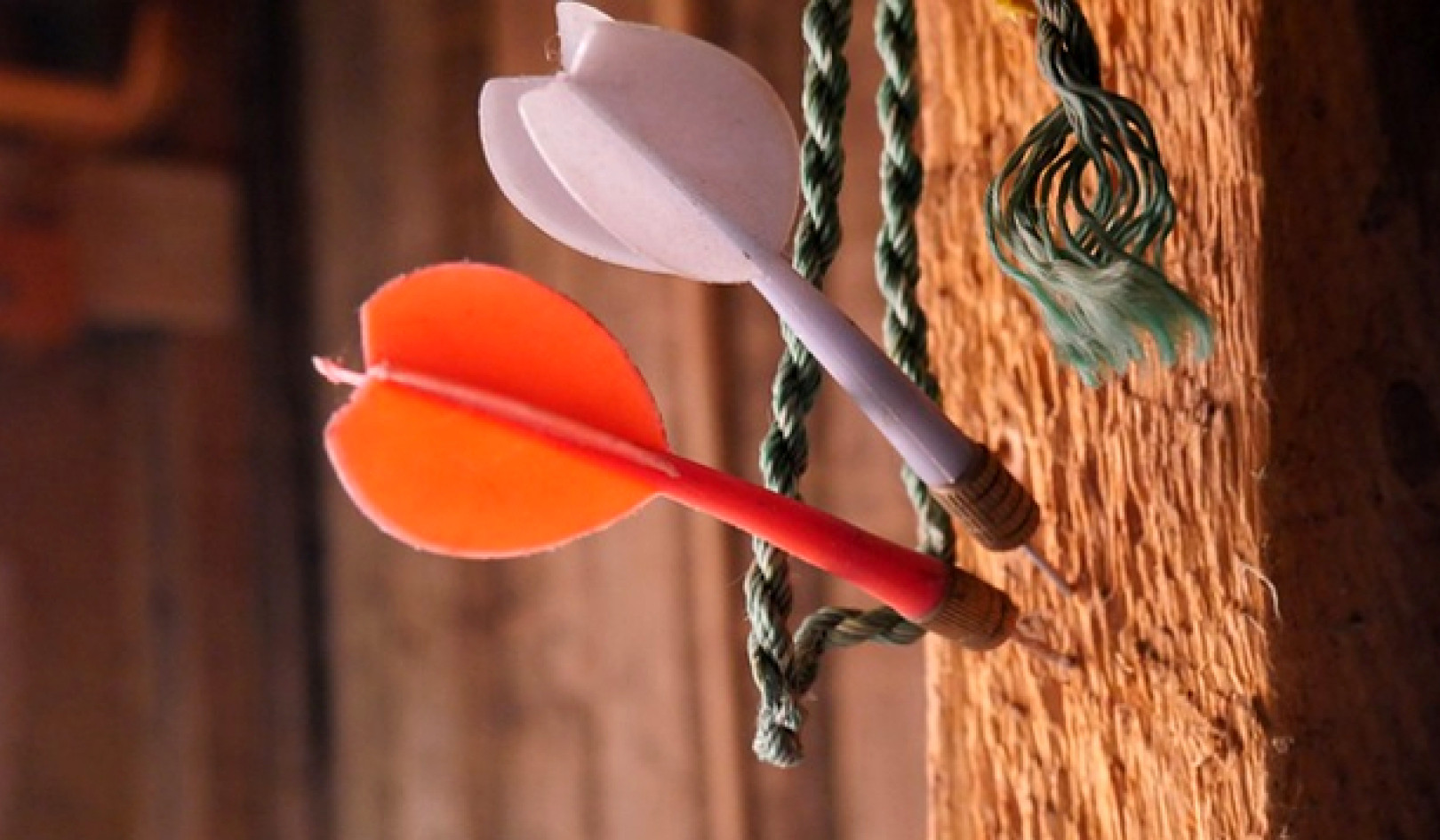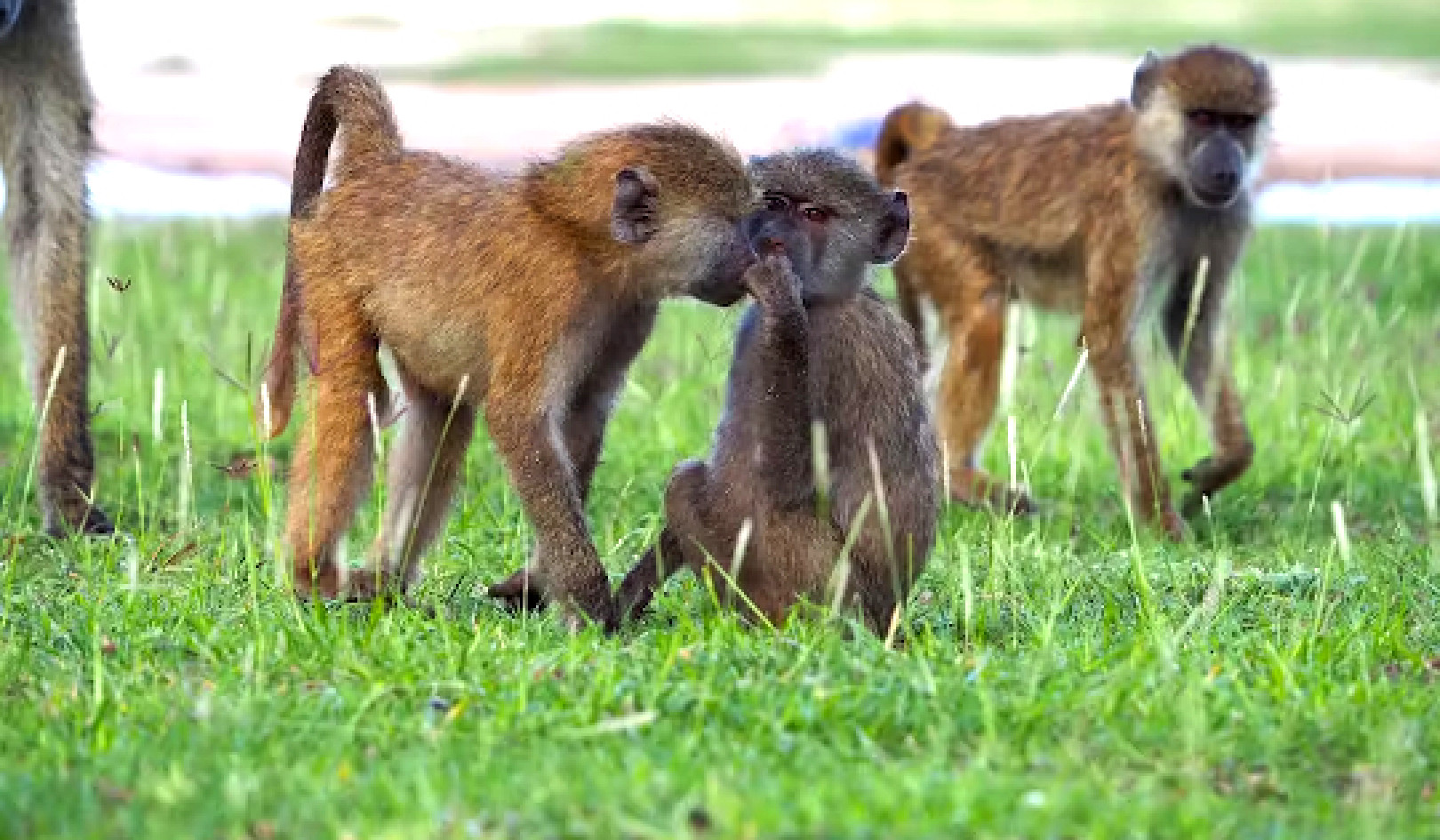In many species, the males develop elaborated sexual traits to attract females and dissuade potential rival males through competition. Some iconic examples are the extraordinary feathers of the peacock or paradise birds, or the menacing antlers of dominant red deer males.
But how is the role of each sex determined in nature? Why do males generally compete for access to females?
Researchers believe the answer lies in what is known as the Bateman principle, which suggests that sexual selection acts with more intensity in the sex that invest less in the offspring.
Parental investment was proposed in 1972 by the American evolutionary biologist Robert Trivers as a key factor determining which sex is under higher sexual selection pressure.
According to Trivers and the Bateman principle, sexual selection is stronger in the sex that allocates fewer resources to parental investment. The costs associated with the production of (minuscule) sperm cells are lower than those associated to the production of (large) eggs.
This implies males can produce a much larger number of gametes – the cells that merge during sex – than females do, which, in turn, entails important consequences for differences between the sexes.
In general, females keep investing more in the offspring through parental care such as incubation, nourishment and protection. So parental investment is usually far greater in females, and males compete to get access to them.
Sex-role reversal
But examples of sex-role reversal – when females compete more intensely than males to obtain mates – are not rare in nature. In some cases, the evolution of this so-called role reversal comes with stunning adaptations.
There are a variety of examples in nature in which males are the caregivers or females compete for access to mates.
Examples include the jacana water birds, New Zealand’s kiwi birds, the tinamou birds native to Central and South America and some shorebird species.
Then, there are sea horses, among whom males get pregnant and carry the offspring during development; amphibians such as some species of frogs of the genus Dendrobates and; mammals such as the African topi antelope (Damaliscus lunatus).
A most amazing process in regards to physiological changes associated to sex-role reversal is found in fishes, such as the hermaphrodite gilt-head bream (Sparus aurata). All the individuals are males when they hatch but, when they reach a certain age, they can become females, depending on weight, hormones and social factors.
Nature pushing borders
Genital morphology is one of the most diverse and rapidly evolving features of animals with sexual reproduction.
In species with traditional sex roles, strong selection due to intense sexual competition has generally shaped more complex genitalia in males than in females.
Males frequently exhibit adaptations in the genitalia or the ejaculates (for instance, regarding seminal fluid proteins) to improve sperm transfer, stimulate a female’s uptake of sperm, or to outcompete rivals. In some species, such as in some damselflies, males even remove the sperm transferred to the female by previous males.
But, as with almost anything in nature, there are exceptions that commonly prove the evolutionary processes underlying general patterns.
Among vertebrates, the females of the spotted hyena (Crocuta crocuta) have developed a pseudo-penis structure. This is the result of an elongation of the clitoris due to a hormonal boost during the final stage of cub development.
This structure, which protrudes several inches from the female’s body and is very narrow, makes it more difficult to achieve successful copulation by males as well as giving birth for females. Although their genitals are female in function, they are male in form.
But another remarkable example, which constitutes a huge step towards understanding the selective pressures acting on the sexes, has been recently observed in cave insects of the genus Neotrogla.
In this species, males lack an intromittent, or penis-like, organ and females have developed a penis-like structure (called gynosoma), which is used to penetrate the body of the males to collect so-called spermatophores.
Commonly used by many invertebrate species but also by some vertebrates such as newts and salamanders, the spermatophores are sperm-containing capsules. In the extraordinary case of Neotrogla, females are pulling the sperm out of the male body using their innovative and exclusive penis-like organ. This organ has spines that allow females to grasp and hold mates from the inside.
What leads to the development of this structure? The answer is simple: sexual competition and sexual conflict over seminal fluid.
Neotrogla inhabit caves where water and food resources are very scarce. In these conditions, competition to obtain seminal fluid is fierce; and females strive to mate. Once a female finds a male, the gynosoma enables prolonged copulation by anchoring her to the male.
Don’t stereotype
Nature provides us with a deluge of common mating patterns, but also with exceptions. These exceptions enhance our knowledge of how nature and evolution work.
Sexual stereotypes are not as universal as traditionally thought. Instead, the way each sex behaves depends on several factors such as asymmetries in parental investment, sex-ratio or the availability of mates.
So the next time you see an animal with what seems to be an intromittent sexual organ, don’t take for granted it’s a male.
About The Authors
Paco Garcia-Gonzalez Ramon & Cajal Researcher, Spanish Scientific Research Council CSIC
This article originally appeared on The Conversation
Related Book:
at

Thanks for visiting InnerSelf.com, where there are 20,000+ life-altering articles promoting "New Attitudes and New Possibilities." All articles are translated into 30+ languages. Subscribe to InnerSelf Magazine, published weekly, and Marie T Russell's Daily Inspiration. InnerSelf Magazine has been published since 1985.

Thanks for visiting InnerSelf.com, where there are 20,000+ life-altering articles promoting "New Attitudes and New Possibilities." All articles are translated into 30+ languages. Subscribe to InnerSelf Magazine, published weekly, and Marie T Russell's Daily Inspiration. InnerSelf Magazine has been published since 1985.























